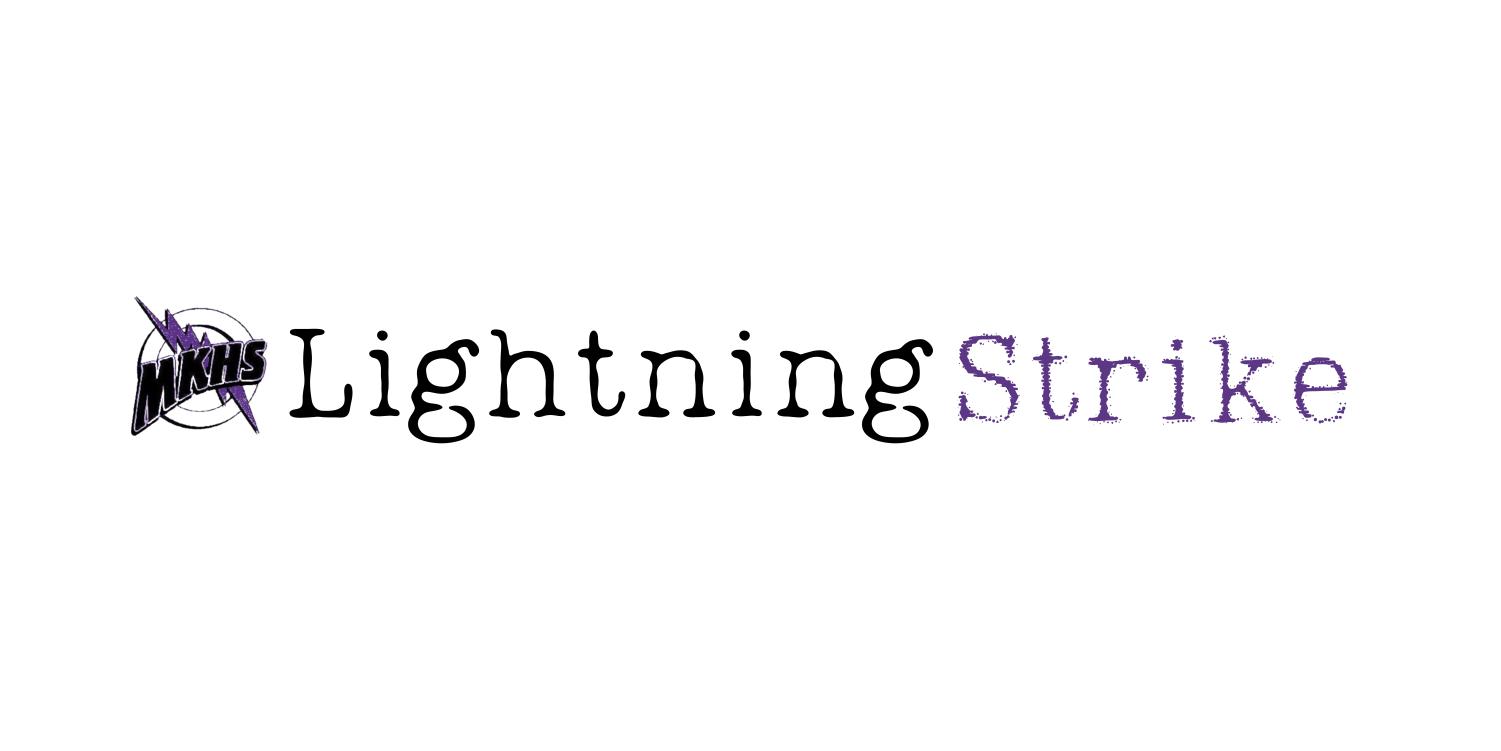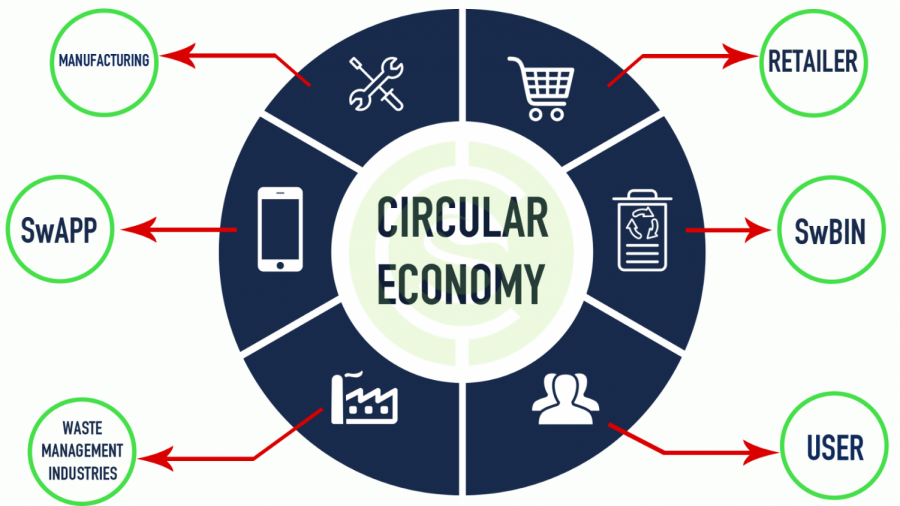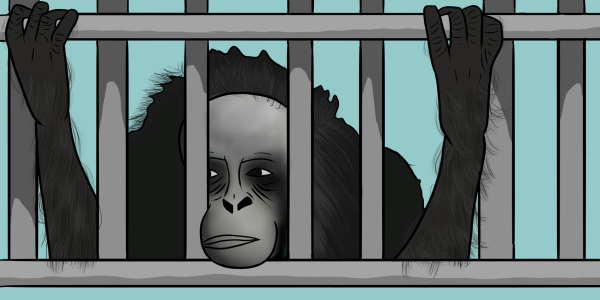Get Rollin’ – The Benefits of a Circular Economy
Anyone who has ever turned on the TV and looked at the news knows what is happening with the Earth. The oceans are rising, the temperature is getting extreme, the ice in the Poles is melting, and animals are going extinct. While using paper straws a
nd taking shorter showers might help, the truth is that individual consumption and contamination is only a minor part of the problem. According to the Union of Concerned Scientists, two-thirds of all heat-trapping emissions over the last century and a half can be traced back to just 90 companies.
Companies extract natural resources, refine them, ensemble them and give us a product that we can use and then discard whether it is clothes, cellphones or cars. When we need a new one, we just start the process again. This is called a linear economy, whe
re we produce in order to discard, creating tons and tons of waste.
While recycling might help, there is actually a better solution, shifting to a circular economy. Essentially, a circular economy advocates for keeping products in use for longer, by designing them to do so.
The Ellen McArthur Foundation explains that “A circular economy is an economic system where products and services are traded in closed loops or cycles’” and that it is a system characterized by its “regenerative design, which aims to retain as much value as possible of products, parts, and materials.”
However, numerous studies prove that switching to a circular economy can even lead to the addition of jobs to the labor force. According to The Guardian, this is due to the fact that repairing and maintaining products requires more people than extracting new minerals and resources does, considering this is a highly automated process.
Unless you stumble upon it or keep up to date with sustainability policies, the term “circular economy” is one that you are probably just reading about for the first time right now. However, cities in the United States have already taken steps to shift to a circular economy. For example, Austin, TX has implemented a materials marketplace, where companies offer and bid for surpluses, materials that another company does not need.
According to their official website, “The program aims to create a closed-loop, collaborative network of businesses, organizations, and entrepreneurs where one organization’s hard-to-recycle waste and by-products become another organization’s raw material.”
Other cities from London to Belo Horizonte, Brazil and Toronto are carrying out similar projects and getting amazing results when it comes to creating new jobs and reducing waste.
Experts are even talking about implementing it in textiles, technology, and even artificial intelligence, so keep an eye out, since this is probably not going to be the last time you hear about the prospect of a circular economy.



